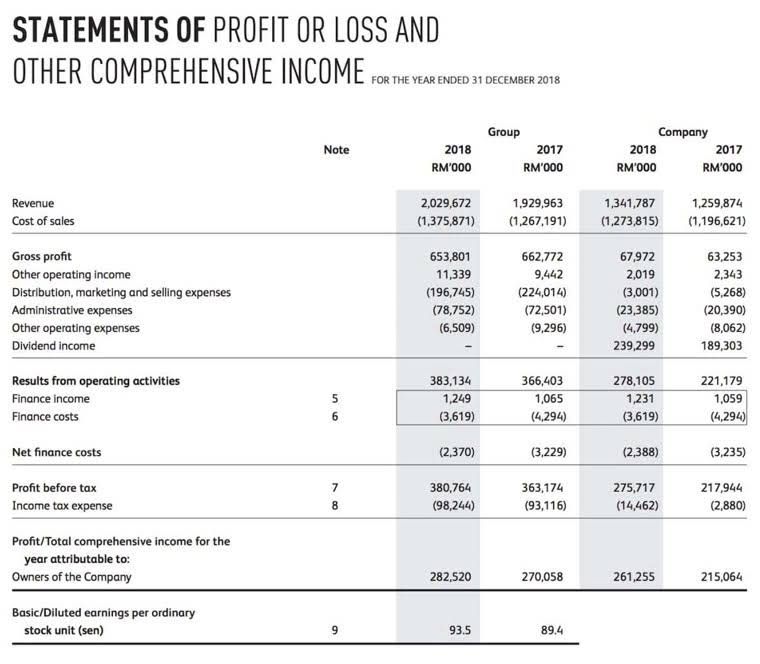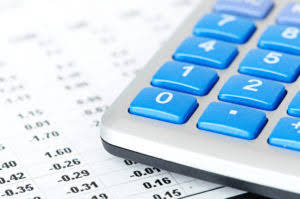Adjusting Entries: A Simple Introduction

Click on the next link below to understand how an adjusted trial balance is prepared. The preparation of adjusting entries is the fifth step of the accounting cycle that starts after the preparation of the unadjusted trial balance. If you create financial statements without taking adjusting entries into consideration, the financial health of your business will be completely distorted. Net income and the owner’s equity will be overstated, while expenses and liabilities understated.
- Chartered accountant Michael Brown is the founder and CEO of Double Entry Bookkeeping.
- Entries are transferred from the journal to individual accounts in the general ledger, maintaining the chronological order.
- Only expenses that are incurred are recorded, the rest are booked as prepaid expenses.
- Entries are made with the matching principle to match revenue and expenses in the period in which they occur.
- Similarly at the end of each fiscal period the organization will make an adjusting entry for accumulated depreciation for the next ten years.
Rectifying errors identified during account reconciliation

This principle only applies to the accrual basis of accounting, however. If your business uses the cash basis method, there’s no need for adjusting entries. Adjusting entries are changes to journal entries you’ve already recorded. Specifically, they make sure that the numbers you have recorded match up to the correct accounting periods. Moreover, by using examples we will understand the process of adjusting entries. Delving further, we will outline the step-by-step process of creating and adjusting entries and understand how automation plays a crucial role in adjusting entries seamlessly.
What is a debit in a journal entry?

Deferrals refer to revenues and expenses that have been received or paid in advance, respectively, and have been recorded, but have not yet been earned or used. Unearned revenue, for instance, accounts for money received for goods not yet delivered. Unearned revenues are also recorded because these consist of income received from customers, but no goods or services have been provided to them. In this sense, the company owes the customers a good or service and must record the liability in the current period until the goods or services are provided. Each one of these entries adjusts income or expenses to match the current period usage. This concept is based on the time period principle which states that accounting records and activities can be divided into separate time periods.

Payroll Accrual Adjusting Entries
- Back in the day, accounting processes were purely manual; accountants recorded the financial activity of a business in dedicated ledgers – or journals.
- When you do deliver the complete order and receive the remainder of the contract value, this sum can be adjusted to the ‘income’ field in your accounts.
- When it is definite that a certain amount cannot be collected, the previously recorded allowance for the doubtful account is removed, and a bad debt expense is recognized.
- By leveraging traditional know-how and new technology, businesses can streamline their accounting processes, improve accuracy, and ensure compliance with accounting principles.
- Once you’ve wrapped your head around accrued revenue, accrued expense adjustments are fairly straightforward.
- Now that all of Paul’s AJEs are made in his accounting system, he can record them on the accounting worksheet and prepare an adjusted trial balance.
- There are various types of accounting adjusting entries examples in accounting a few of which are given below.
Journal entries reflect the amount, origin, destination, and nature of funds that travel through your business. Adjusting an entry implies that you are updating the status of a previously recorded transaction. Other methods that non-cash expenses can be adjusted through include amortization, depletion, stock-based compensation, etc.


When the cash is paid, an adjusting entry is made to remove the account payable that was recorded together with the accrued expense previously. A pest control company is contracted to provide services to an organization for a duration of 12 months, commencing in January 2024. The organization has made a full upfront payment of $12,000 for the entire year. However, since https://www.bookstime.com/ the revenue has not been earned yet, it needs to be deferred and properly accounted for in the appropriate accounting period. Non-cash expenses – Adjusting journal entries are also used to record paper expenses like depreciation, amortization, and depletion. These expenses are often recorded at the end of period because they are usually calculated on a period basis.
Receiving Gift Money for Birthday:
A debit increases assets or expenses and decreases liabilities, equity, or revenue in the accounts. So let’s assume that you rent a warehouse for the whole year in August to store your notebooks and pay the total rent in one deposit. This expense is recorded in your books as expenses adjusting journal entries examples prepaid, in a bulk amount. Much like revenue deferred, prepaid expenses are anticipatory future expenses that you pay upfront now and adjust later as they actually occur. It refers to accounting for operating expenses examples that have been initiated but haven’t been paid for yet.
What is accumulated depreciation adjusting entry?
- HighRadius Record to Report (R2R) solution transforms bookkeeping, bringing automation to the forefront to significantly boost efficiency and precision.
- You’ll move January’s portion of the prepaid rent from an asset to an expense.
- Further information can be found in our posts on adjusting journal entries common examples and reversing entries or test your knowledge by trying our adjusting entries quiz.
- When you purchase high-value tangible assets that help you run your business smoother (for example, machinery), you segment up the cost of equipment and show it in your sheets over multiple accounting periods.
- So, you move an equivalent sum from the accrued receivables into the revenues section of the journal for August, making an adjusting entry.
- A compound journal entry involves more than two accounts, with multiple debits and/or credits in one entry.

